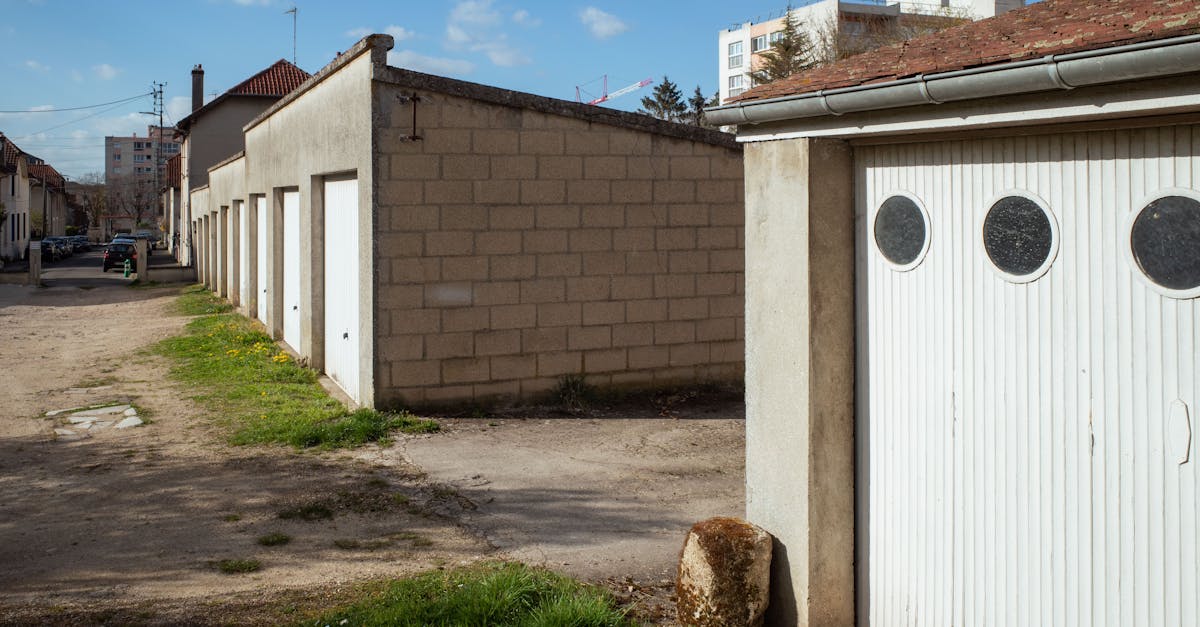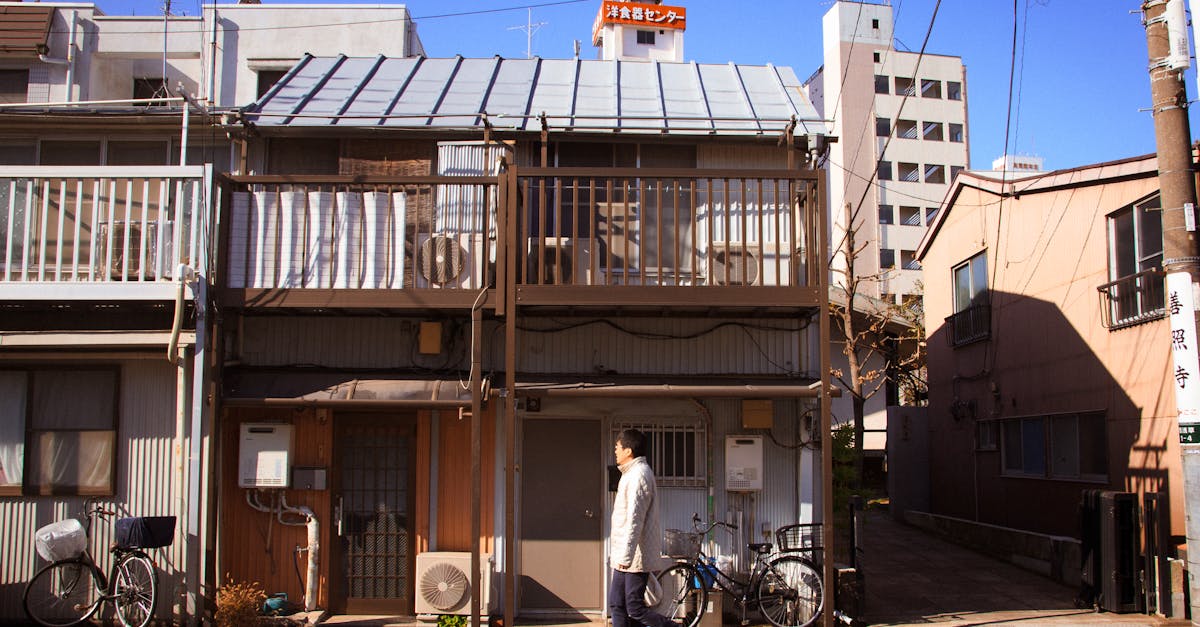Do you ever wonder if your roof ventilation is working as it should? Many homeowners overlook this crucial aspect of their houses, leading to bigger problems over time. Proper roof ventilation isn’t just about keeping your attic cooler; it affects everything from maintaining your home’s structural integrity to saving on energy costs. Poorly vented roofs can lead to issues like ice dams, increased humidity, and even damage. Your roof deserves the best care to ensure a comfortable, safe, and efficient home environment.
Consider your attic ventilation system as more than just a few vents. Think about how ridge vents, soffit vents, and solar roof vents work together to create effective airflow. When these components are out of balance, you face poor roof performance and unnecessary costs. Understanding the principles of airflow and the role of each venting component can vastly improve your home’s comfort and energy efficiency. High volume air and effective humidity control not only extend your roof’s life but also provide year-round benefits.
Ready to uncover the common mistakes in your roof’s ventilation system? By exploring the right strategies and solutions, you can protect your home and enhance its value. Let’s dive into the details and keep your living space cozy and efficient!

Photo provided by Bingqian Li on Pexels
Throughout the story
Common Roof Ventilation Mistakes
Neglecting attic ventilation
When it comes to your home’s comfort and energy efficiency, attic ventilation plays a crucial role. Some people forget about it completely. Remember that the attic needs proper airflow to function well. Proper ventilation prevents many problems like moisture buildup and damage. If you neglect it, you might face issues such as mold growth or even structural damage over time.
Improper roof airflow management
Ensuring balanced roof airflow is essential for every homeowner. If your roof doesn’t have well-managed airflow, it can lead to many issues. This includes hot and cold spots in your home. To avoid these issues, serious consideration of your roof’s airflow system is necessary. Make sure your intake and exhaust vents are working together for the best results. Mismanagement can cause pressure imbalances and lead to higher energy bills.

Effective Ventilation Strategies
Choosing effective ventilation systems
When you’re picking a ventilation system, choose wisely. Systems like ridge vents are very effective. They work by allowing hot air to escape from your roof’s peak. This means cooler attics and less work for your air conditioner. So don’t just pick any system—make sure it fits your home’s needs. You can also look at other options like soffit vents, which are crucial parts of a good ventilation strategy.
Utilizing soffit vents properly
Soffit vents are not just add-ons to your home. They play a key role in maintaining the right temperature and airflow. Placing them correctly ensures that your ventilation system functions well. Without proper soffit vent placement, your attic can become a trap for hot air. So, take the time to ensure they’re not blocked and clean, allowing for the free flow of air.

Photo provided by Artem Zhukov on Pexels
Advanced Ventilation Solutions
Installing solar roof vents
Solar roof vents are a wonderful addition to any home. They harness the power of the sun to drive out hot air. Not only do they help in cooling your attic, but they also save on energy bills. Innovative roof ventilation through solar systems can be a game-changer. They operate automatically, so once installed, you don’t have to worry much.
Maximizing roof cooling benefits
A cool roof doesn’t just happen by chance. You need to maximize your cooling with proper ventilation systems. By doing so, not only do you enjoy a cooler home, but you also add years to your roof’s life. Energy-saving roofs can greatly reduce heat during the summer months. So, don’t just hope for a cooler home; take steps to ensure it.
Applying humidity control measures
Humidity can cause major damage if left unchecked. With good roof ventilation, you can control humidity levels in your attic. Preventing humidity buildup can save you from costly repairs. So, add moisture barriers and check regularly. By doing this, you’ll protect your home from mold and other humidity-related issues. It’s an essential part of maintaining a healthy and happy home.
Wrapping Up and Moving Forward
Making the right choices above your head can significantly boost your home’s comfort. You can feel the difference with improved attic airflow and reduced moisture levels. Enjoy energy savings and a longer-lasting roof too. Knowing what to avoid really makes you feel empowered, doesn’t it?
Now, take a moment to inspect your attic and current airflow system. Start by checking for blocked vents or signs of poor flow, like musty smells or warm spots. Hire a professional if needed to assess and make necessary adjustments. You can ensure everything works as it should by taking these small steps.
Ready to take action? Apply these insights today to enhance your home’s environment. You’ll notice a positive change, and so will your energy bills! It’s your home — make it the best it can be.
